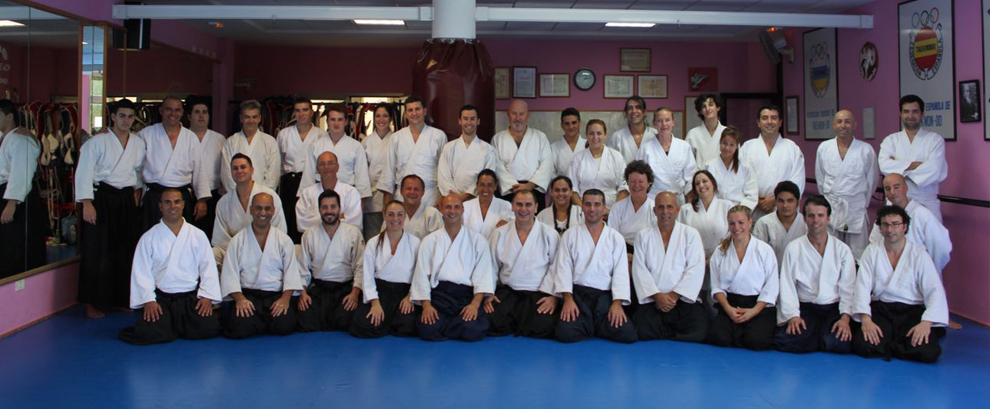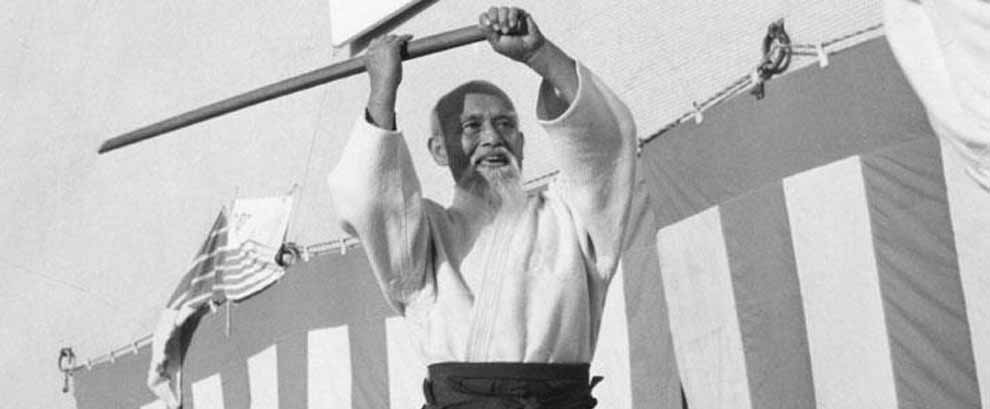A Millennial’s Perspective
This editorial is written by Christina Kelly, a 30-year-old practitioner who began her aikido journey six months ago. Christina, a Harvard graduate, has written editorial for leading media companies such as ESPN and Blizzard Entertainment. This is a story about hope, compassion, and the importance of aikido’s spirit of peaceful reconciliation.
We are in the middle of a very interesting time in human history. 的确,自从人类牺牲和将死后的法律列为解决冤情的合法途径以来,暴力总体上已大大减少,,en,然而,,en,我们仍然处在一个越来越难以与不认同我们观点的人进行沟通和协作的世界中,,en,以及人们仍然可以通过没有在战争中未认真部署的恐怖袭击或炸弹,自己过失而成为受害者,,en,人类迫切需要一种哲学,该哲学可以教我们彼此同理心,并表明即使对手也可以携手合作,以实现更大的利益,,en,换一种说法,,en,这是,,en,合气道发光的绝佳时机,,en,为什么合气道,,en,作为30岁的跆拳道第一段丹黑带,,en. However, we still find ourselves in a world where it seems harder and harder to communicate and collaborate with people who don’t share our views, and where people can still become victims through no fault of their own via terrorist attacks or bombs that were not carefully deployed in wars.
The human race desperately needs a philosophy that can teach us empathy for each other and demonstrates that even adversaries can work together for a greater good. In other words, it’s the
perfect time for aikido to shine.
Why Aikido?
As a 30-year-old first dan black belt in taekwondo, 一种更传统的拳击和踢球类型的武术,,en,六个月前,当我开始在合气道训练时,我最初感觉不到我的元素,,en,为什么我们要了解骨骼关节和肌肉系统的微妙之处,,en,为什么我们练习五种不同的方法来摆脱投掷,,en,为什么我们试图缩小与对手的距离并采用“流动”式的技巧而不是坚决反对他们,,en,答案来自于我开始研究合气道的起源,,en,从我长期学习的汉语和写作系统,,en,我看到汉字中的“合气道”这个词翻译成了“团结力量的方式”,,en, I initially felt out of my element when I started training in aikido six months ago. Why were we learning about the subtleties of skeletal joints and the muscular system? Why were we practicing five different ways to fall out of a throw? Why were we trying to close the distance to our opponents and adopt a “flow” style of technique rather than standing firm against them?
The answer came when I started researching the origins of aikido. From my longtime study of the Chinese language and writing system, I saw that the term “aikido” in kanji translated to something like “the way of uniting forces,”那些团结的力量不是最好的朋友甚至是普通的陌生人的力量,,en,但是两个对手可能会参加肉搏战,,en,事实证明,需要大量的解剖学和物理学知识来确定如何安全地抵御攻击者并能够采用一种技术,,en,由于这些知识只能通过经验获得,,en,合气道从业者齐心协力互相展示如何将技术应用于各种人群,这是有道理的,,en,我不认识你,,en,但是如果有人威胁要物理攻击我,,en,我心中的最后一件事是与他们团结力量的想法,,en,即使我宁愿与某人成为朋友而不是敌人,,en,但是,,en, but two opponents potentially engaging in physical combat. It turns out that it takes a fair amount of knowledge of anatomy and physics to determine how to safely position oneself against and attacker and be in a position to employ a technique. Since this knowledge can only be gained through experience, it makes sense that aikido practitioners join forces to show each other how to apply techniques on various kinds of people.
I don’t know about you, but if someone threatened to attack me physically, the last thing on my mind would be the idea of uniting forces with them, even if I’d rather be friends with someone than enemies. And yet, 合气道教,这个概念是有效的自卫的关键,,en,在实践中和在现实世界中,,en,在这个框架中,,en,成功不只是要迅速使对手失去能力,,en,但要尽可能以最人道的方式进行,,en,做正确的事需要很多额外的工作,,en, both in practice and in the real world. In this framework, success wasn’t just about disabling an opponent quickly, but doing it in the most humane way possible. It takes a lot of extra work to do it right, but it leaves the door open for reconciliation and understanding when an attacker realizes that you’re going the distance to prevent serious harm to them.
Aus Aikido Journal










Neueste Kommentare